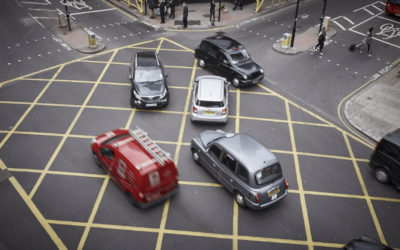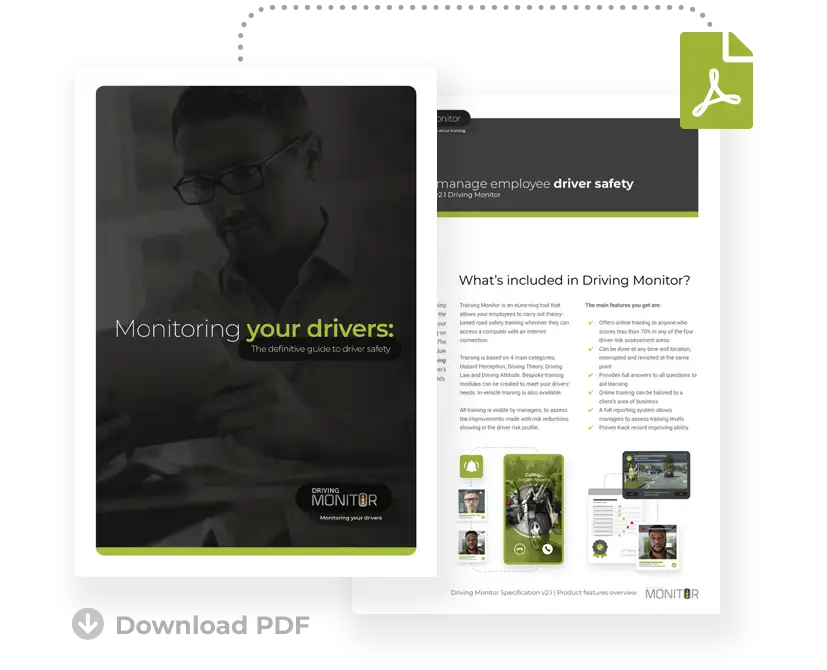Speed Limiter laws – What Does It Mean for Drivers?

New laws on speed limiters mean that it’s now compulsory for all new vehicles made in the EU to be fitted with them.
The speed limiter systems use technology to warn drivers if they exceed speed limits and if they fail to do so, the system can reduce engine power to slow the vehicle down.
It has been on the agenda for some time and the new driving standards involve improving several safety aspects in vehicles, but the speed limiter laws are perhaps the most notable.
Speed limiters communicate with GPS data and traffic cameras to calculate speeds and if drivers are exceeding the speed limit (perhaps going 77mph on the motorway, for example), then the system would send an alert to slow down before reducing engine power if necessary.
What Do Speed Limiters Mean For Drivers?
The regulations were introduced on 6 July across the European Union, meaning that any new cars, work vehicles and public transport vehicles are required to be fitted with speed limiters.
That includes buses, vans, HGVs, and private cars. Some vehicles already have speed limiters fitted and many commercial vehicles do, with larger HGVS often limited to 70mph or 56mph (90km/h).
However, the rules haven’t yet been introduced in the UK.
Discussions have been ongoing in the background over whether to follow suit with the EU’s regulations on speed limiters but no decision has been reached yet.
It’s set to be discussed in the House of Commons in the next few months (although no date has been set) and it’s expected that the UK will introduce the laws at some point.
The settings can be disabled by drivers, although they’ll reset each time the engine is restarted (effectively on each new drive). Speed limiters are already installed on many cars but the technology has not been activated – this is due to the ease of having a ubiquitous manufacturing process for the entirety of the EU.
What About The New Vehicle Safety Regulations?
New regulations include higher safety standards for cars, HGVs and all vehicles to ensure they’re safer for drivers and pedestrians.
The regulations mean that buses and lorries must have ‘better lines of sight’ through the Direct Vision Standard so they’re less likely to be involved in collisions with pedestrians, cyclists and other road users.
Other changes include more comprehensive crash tests during the design and manufacturing of new vehicles, as well as design changes to prevent head injuries for both cyclists and pedestrians.
What Do The Safety Regulations Mean?
There are several aspects to the new Vehicle Safety Regulations, although the UK could make amendments in their own version of the rules.
Speed limiters are common in many HGVs and fleet vehicles, with vehicle safety being of paramount importance, but this could see limitations introduced across the board.
Some vehicle manufacturers have already begun to use speed limiter technology in new vehicles, including Citroen and Ford.
Industry experts are calling for clarity on the rules given that plans for the changes have been afoot for several years and we’re still unclear as to whether they’ll be introduced and if so when they’ll be introduced.
The Department for Transport (DfT) was involved in developing the new safety requirements but because the UK has now left the EU, there is no obligation to introduce the rules.
What do you think of the new driving rules, including speed limiters? Let us know in the comments below.










